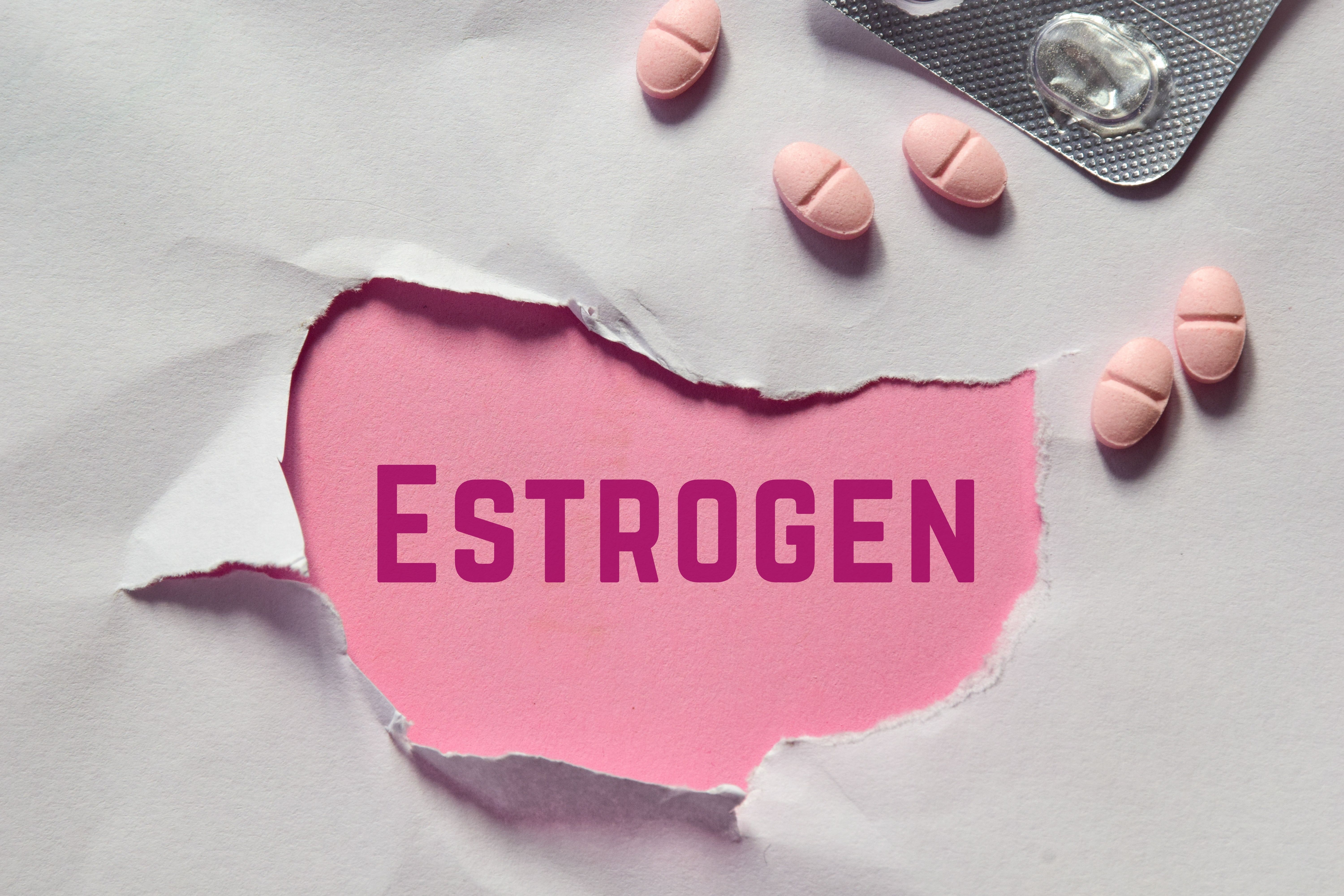Article
HRT Linked With Heightened Breast Cancer Incidence, Lasting Risk in Postmenopausal Women
Author(s):
Postmenopausal women who undergo 5 years of menopausal hormone therapy, starting at age 50, showed a significant increase in breast cancer incidence, and can remain at risk for more than a decade.
Five years of menopausal hormone therapy (MHT) significantly increases breast cancer incidence in women, with excess risk persisting for more than 10 years depending on treatment duration, according to a study published today in The Lancet.
MHT use has increased intermittently throughout the years as Western countries now exhibit 12 million current users (6 million each in North America and Europe). Women normally begin MHT when menopause occurs with the duration of their treatment varying. Regulatory bodies in Europe and the United States recommend MHT to be used for the shortest time necessary, but some clinical standards endorse flexible prescribing. While some women are short-term users, 5 years of treatment serve as the common cycle, compared to prior average cycles of 10 years.
The internationally collaborative study examined a case group of 143,887 postmenopausal women with invasive breast cancer from 58 epidemiological studies worldwide and compared results to a control group of 424,972 women without breast cancer. Researchers sought to uncover evidence relating different types of MHT to breast cancer, with a chief focus on long-term effects.
The study’s data derived from prospective studies conducted between 1992-2018 and focused on the type of MHT last used, duration of use, and time since last treatment in women ages 50-69. The 3 main types of MHT studied were estrogen plus daily progestogen, estrogen plus intermittent progestogen, and estrogen only, with topical vaginal estrogen being included as well.
Prospective follow-up data revealed that of the 108,647 postmenopausal women who had developed breast cancer, 51% had used MHT:
- Mean age of breast cancer development was 65 years
- Mean MHT duration was 10 years in current users and 7 years in past users
- Mean age at both menopause and MHT start was 50 years
Besides vaginal estrogen, every type of MHT was associated with excess breast cancer risk. In current users, excess risk was significant during years 1-4 as risk ratios (RR) of estrogen-progestogen (RR = 1.60; 95% CI, 1.52-1.69) and estrogen-only (RR = 1.17; 95% CI, 1.10-1.26) were both significant. These risks became twice as great during years 5-14 through RRs of 2.08 in estrogen-progestogen (95% CI, 2.02-2.15) and 1.33 in estrogen-only (95% CI, 1.28-1.37), with a heightened risk in estrogen plus daily progestogen compared with estrogen plus intermittent progestogen (RR = 2.30; 2.21-2.40 vs RR = 1.93; 1.84-2.01).
Breast cancer incidence rates similarly revealed a definitive increase among users of the 3 main types of MHT compared with non-users. In non-users, the 20-year breast cancer rate, starting at age 50 and measured until age 69, was 6.3 cases per 100 women. The incidence rates of the 3 types of MHT was 8.3 per 100 users (absolute increase of 2 per 100 users, 1 in every 50 users) for estrogen plus daily progestogen, 7.7 per 100 users (absolute increase of 1.4 per 100 users, 1 in every 70 users) for estrogen plus intermittent progestogen, and 6.8 per 100 users (absolute increase of 0.5 per 100 users, 1 in every 200 users) for estrogen-only.
Gillian Reeves, PhD, professor of statistical epidemiology at the University of Oxford and co-author of the study, highlighted the dangers related to the duration of MHT as the “use of menopausal hormone therapy for 10 years results in about twice the excess breast cancer risk associated with 5 years.”
Reeves further delineated at-risk patients as findings were insignificant in treatment durations below 1 year, and in topical use of vaginal estrogens administered as creams or pessaries. Breast cancer incidence in women ages 50-69 was prominently found in MHT patients after 5 years, and significant in years 1-4, with patients who underwent estrogen plus daily progestogen treatment serving as the highest at-risk group.
Reference
Beral V, Peto R, Pirie K, et al. Type and timing of menopausal hormone therapy and breast cancer risk: individual participant meta-analysis of the worldwide epidemiological evidence. [published online August 29, 2019]. The Lancet. doi: 10.1016/S0140-6736(19)31709-X





